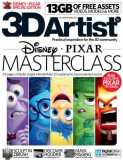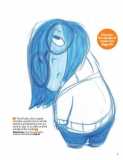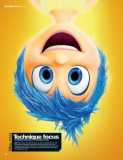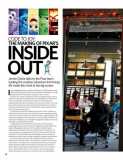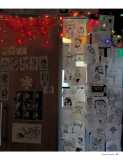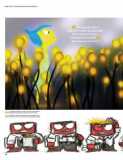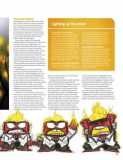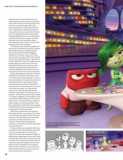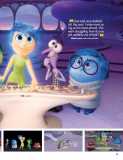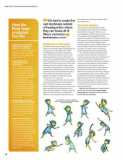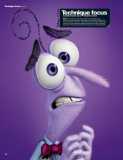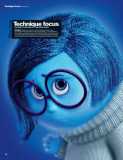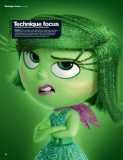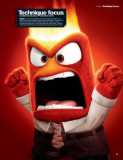James Clarke talks to the Pixar team leading the creative adventure that brings life inside the mind to the big screen
It was immediately obvious to producer Jonas Rivera, in 2009, that the concept that Pete Docter pitched to him for what would become Inside Out was "a really good idea. But how in the world are we going to make it a movie?"
Animation can excel at expressing the truth of something through caricature and a fresh visual spin on a familiar subject. This combination of invention and emotion characterises Inside Out, the new Pixar film that imagines the relationship between a girl named Riley and her very lively emotions. The movie has recently enjoyed success at its Cannes Film Festival premiere and Inside Out looks set to become one of the most significant creative achievements for Pixar in its nearly 30-year history.
Co-directed by Pete Docter and Ronnie del Carmen, the film reunited core collaborators from Up. Doctor's films at Pixar have proven especially rewarding in their visual invention and dynamic narrative structure, snapping together with stunning storytelling precision. In Monsters, Inc and Up, setting, characters and situations are marked by a nicely metaphorical appeal and Inside Out maxes out this hugely successful creative approach.
In speaking with several of the film's creative leads, what's repeatedly acknowledged was the need for the team to regularly pose itself fundamental questions throughout its process, from the earliest concept through to rendering the finest details of a character's performance. Production on the movie involved a core animation team of up to 45 animators, rather than the typical 80-90. This presented its share of challenges and opportunities too, prompting the team to lead the charge of designers, animators and technicians.
Core to the production's initial work was determining how to show the abstractions of mind and emotion. Josh Cooley, story supervisor on the movie, sets the scene: "It's not like Cars, for example: you know what a car looks like. There's stuff that's tangible. With emotions, memories and the mind it's so abstract that we were creating a world at the same time as we're creating a story. It was the hardest story I've ever worked on. We were just trying to capture the feeling of an emotion in a visual form which was really difficult."
[…]
